Whether you dream of drinking wine in Tuscany, beach hopping on the Amalfi Coast, seeing the sights in Rome, or riding a gondola down the canals of Venice, one of the first steps in planning your perfect Italian vacation is to choose the best time to visit Italy.
When to visit Italy varies greatly depending on what you want to see and do. Is there a specific festival or holiday you want to witness? Are you planning to swim in the sea or ski down the mountains? What is your tolerance for crowds and hot weather? Furthermore, as Italy is such a long country with diverse climates, landscapes, cities, and agriculture, the best time to visit can vary greatly by region.
All those factors aside, though, if we had to pick just one, we’d say the best time to visit Italy is late spring (May) or early fall (October). Considered Italy’s shoulder season, late spring and early autumn offer the perfect balance of manageable crowds and pleasant weather, as they fall just outside the hot and busy summer months.
However, keep in mind that shoulder season seems to shrink every year. September was once part of fall’s shoulder season but is now firmly included in the busy summer high season.
If you can’t make it to Italy in the late spring or early fall, luckily, Italy is a year-round destination. When it’s too hot to explore the streets of Sicily, it’s the perfect time to escape the heat in the Dolomites. If Rome is too crowded for you, a small town just an hour away might be more your speed.
Discover the best time to visit Italy using our season-by-season guide below.
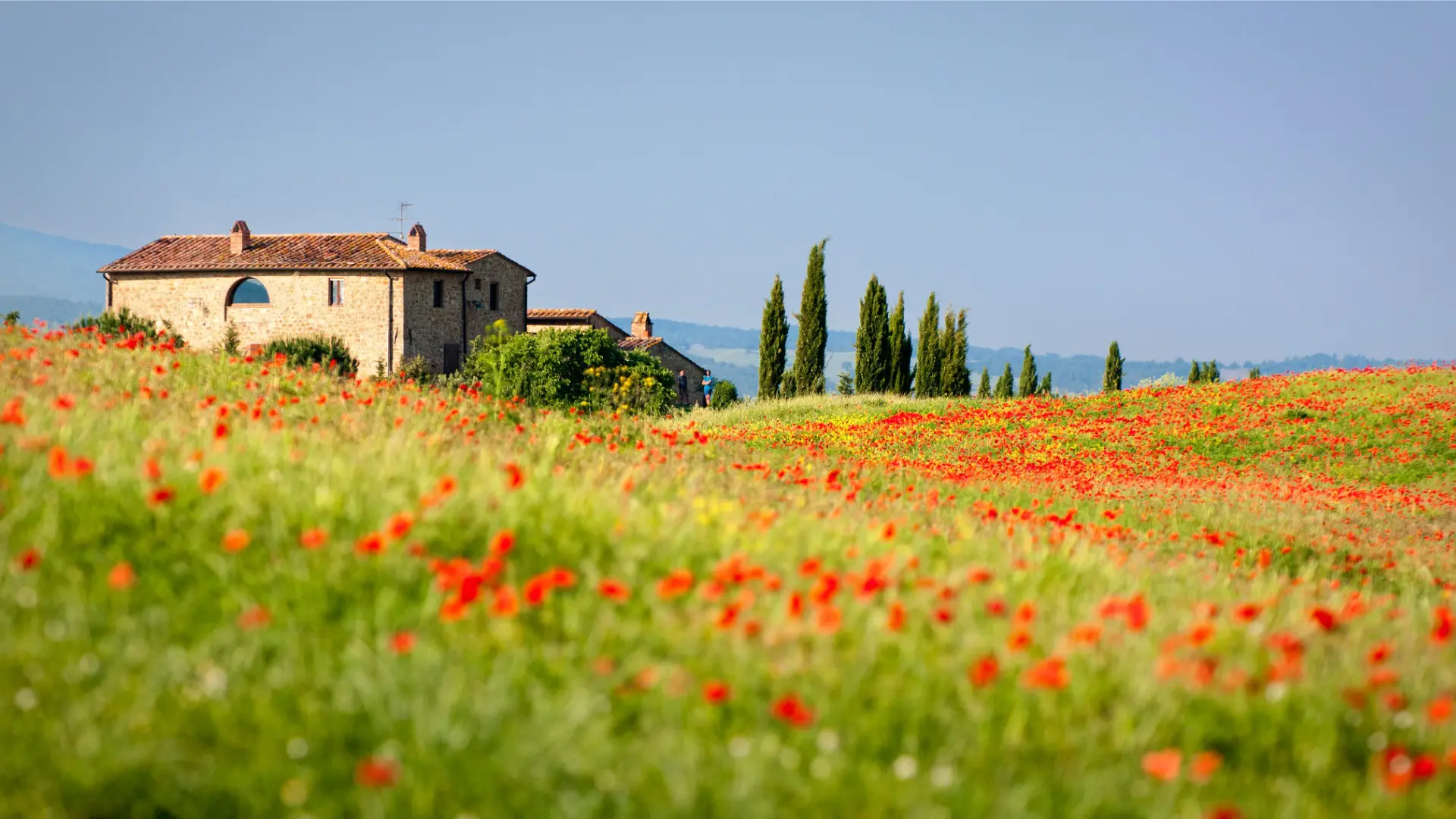
Jump to a section of this article
Visiting Italy in The Spring (March, April, May)
Spring in Italy is all about waking up out of a wintery hibernation and greeting the outside world again. Every day gets longer, warmer, and sunnier. Flowers are in bloom and there’s new life in the air.
Overall, the spring weather in Italy is quite pleasant. You may experience some cooler and rainier days, but these will lessen the later in spring you visit. Temperatures range from 40°F to 80°F depending on where in the long country you are.
Spring is a great time to visit Italy before the summer crowds descend and the heat ramps up. If you’re interested in seeing gardens in bloom and eating fresh farm produce, spring is also the perfect time to travel to Italy.
There are several important Italian festivals and national holidays in the spring. Easter is a very big deal in Italy as the Pope leads a ginormous mass at St. Peter’s Basilica in Vatican City. Stick around Rome for Labor Day on May 1st, which is celebrated with street festivals, music, and great food.
Other spring celebrations include Calendimaggio in Assisi to welcome spring, Salone Internazionale del Mobile (a furniture fair in Milan), the start of La Biennale di Venezia arts festival, and the Monterosso Lemon Festival in Cinque Terre.
If you’re trying to avoid extreme heat, spring is a great time to check out Sicily in southern Italy. The weather will be warm and comfortable in spring but without the intense heat or waves of beach-loving crowds that come in July and August.
Spring is also perfect for nature lovers who want to explore Italy’s gardens, beautiful beaches, and hiking paths in more comfortable weather. The Path of the Gods hiking trail on the Amalfi Coast is a stunning trek and it is recommended that you walk outside of the busy and hot summer season.
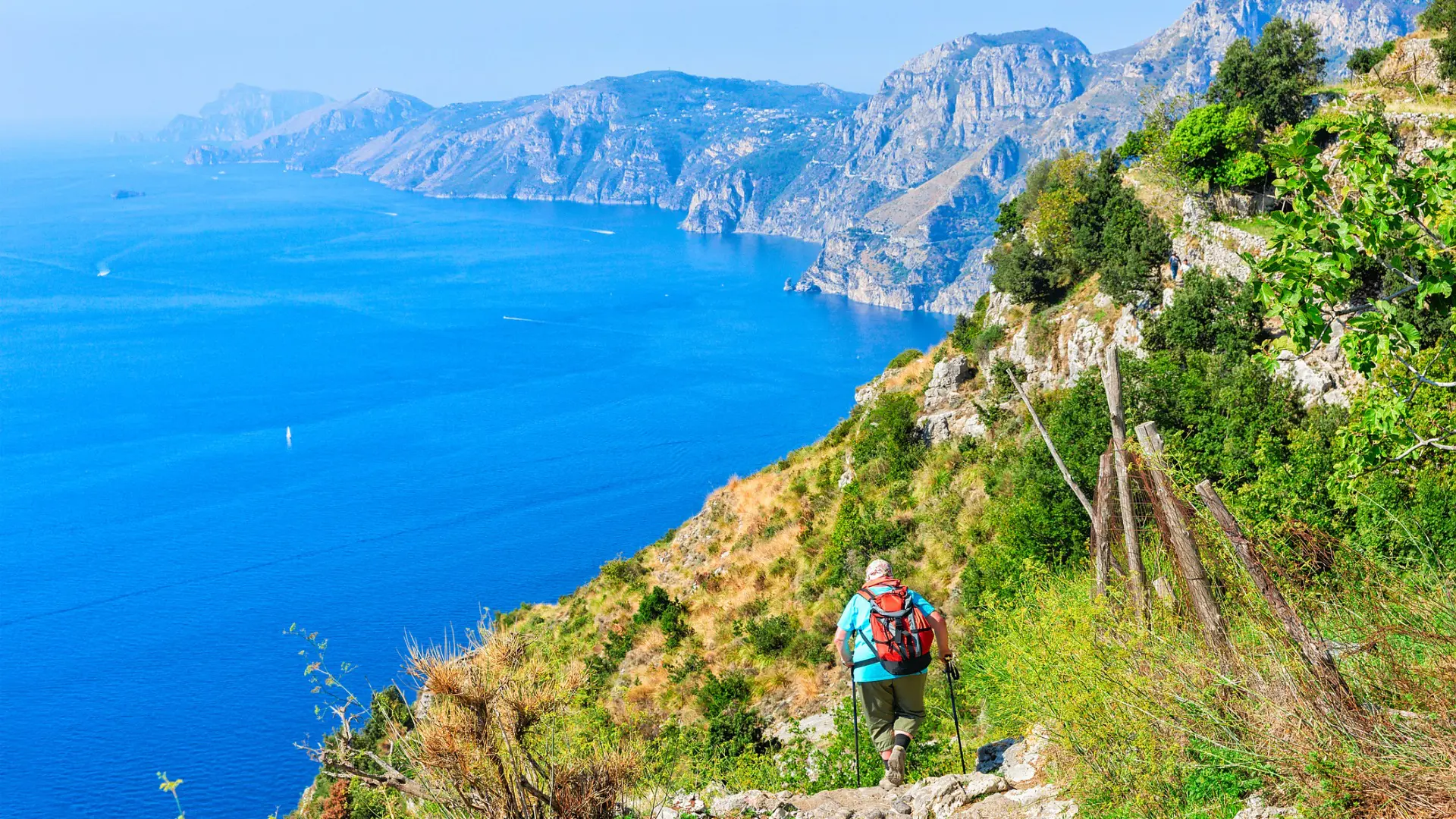
Visiting Italy in The Summer (June, July, August)
Summer is the peak season in Italy. Not only do international visitors flock to Italy but local Italians also do much of their vacationing in the summer, particularly to coastal destinations, in the month of August.
But summer travel is popular in Italy for a reason. If you dream of beach hopping, sailing along the coast, and ending each day with a heat-beating gelato, you’ll want to visit Italy in the summer.
Not only crowds but also temperatures are high in Italy in the summer. Italian summers can get quite hot and humid. Summer temperatures in Italy range from 65°F to 100°F on average. If it gets too hot, do what the locals do and hit the beach for a little relief.
Italy hosts lots of summer festivals, which is yet another enticing reason to visit this season. You can celebrate Festa della Repubblica (Italy’s Independence Day) on June 2nd, get cultured at the International Festival of Arts in Taormina, catch an opera show in Verona, or attend the Jazz Festival in Perugia.
If your ideal Italian vacation is all about sun and sand, you’ll definitely want to visit the coast in the summer. The Amalfi Coast, the Ligurian Coast, and other coastal areas can get busy, but they sure are beautiful. Consider a sailing trip to make the most of your time along the coast.
If you’d rather escape the heat, head to the Dolomites in northern Italy, where you’ll enjoy cooler temperatures, perfect for hiking, cycling, or scenic drives. The Italian Lakes region, such as the cosmopolitan Lake Como, the more tranquil Lake Garda, or both, will also be cooler than destinations in the south.
To beat the summer crowds, rely on your JayWay Travel planner to book everything in advance, choosing skip-the-line options for you wherever possible. Your trip advisor can also recommend more off-the-beaten-path destinations and activities, where you’ll find fewer tourists, or even come up with a summer-themed itinerary, like this Neapolitan Summer best-seller.
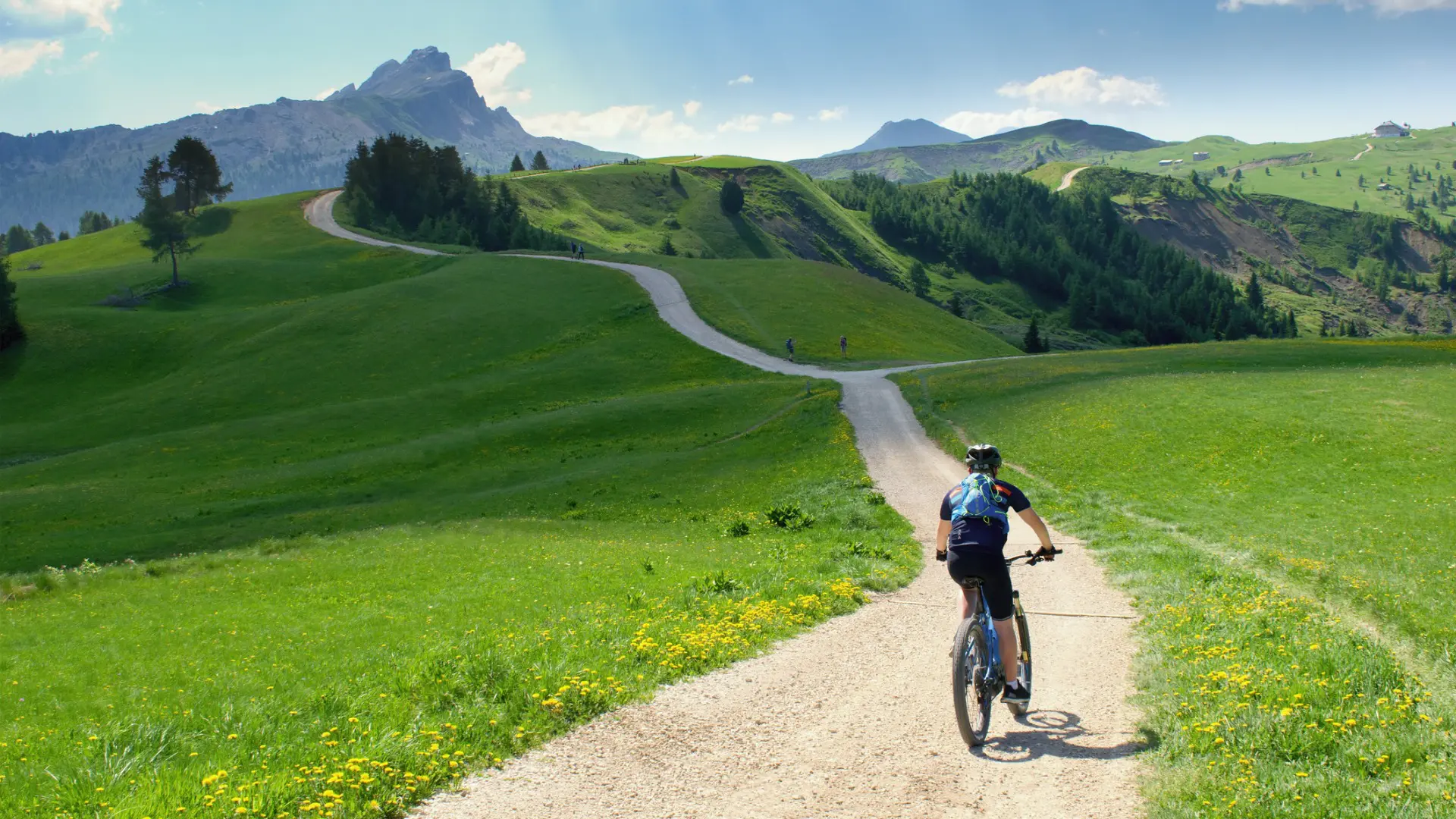
Visiting Italy in The Fall (September, October, November)
Italian falls are generally quite pleasant, while some areas do receive more rain. Average temperatures range between 45°F and 80°F. If you’re trying to catch the last of the summer heat in the fall months, head south.
Keep in mind that fall’s cooler temperatures and smaller crowds will be much easier to find in October and November. September has become an honorary summer month so if you’re looking to escape the high-season crowds, choose a trip in late fall, from early October onwards.
Fall in Italy is all about the great food and drink that this beautiful country is famous for. If your perfect trip to Italy involves winery visits, fresh truffles, and changing leaves, fall is the best time to visit Italy.
For foodies, a fall visit to Italy is a good idea. September to October marks harvest season in Tuscany’s wine-growing region. You could spend your vacation visiting small hilltop towns, touring vineyards, and watching as the Tuscan countryside transforms from green to orange, yellow, and red.
Of course, it’s not just grapes that are in season in the fall. You can also enjoy fresh olive oil, chestnuts, pumpkins, and truffles. Many cities throughout Italy put on food festivals in the fall to honor their seasonal produce.
Besides food, fall is also a great time for outdoor adventures, particularly if you want to avoid the crowds and intense heat of summer. In the southern regions, the water is still warm and you can enjoy early fall days on the beach. Inland, you can spend your days hiking and admiring the changing scenery.
Some festivals you may want to catch include a literary festival in Mantua or a comic book festival in Lucca. There’s also the national holiday All Saints Day on November 1st.
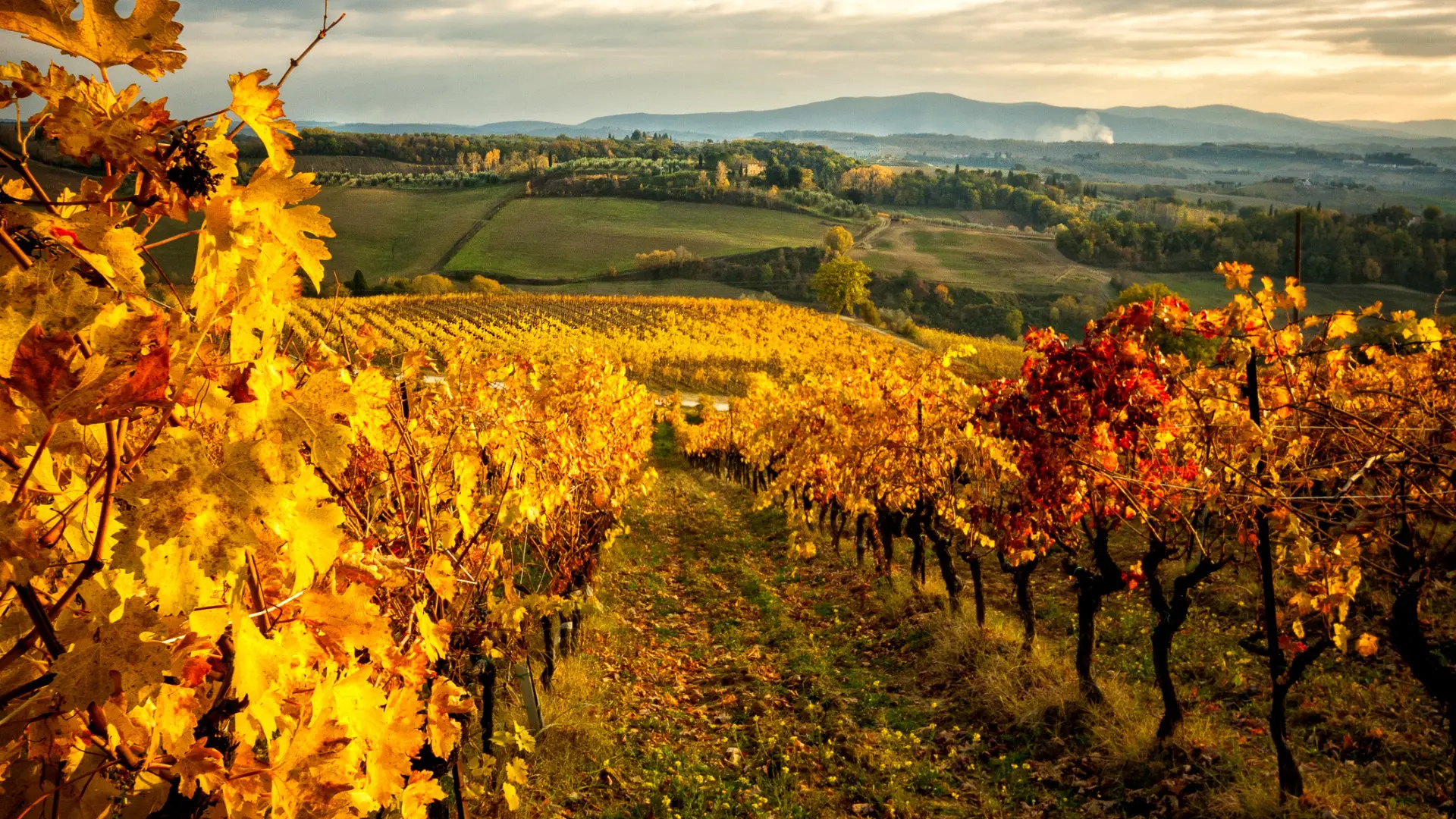
Visiting Italy in The Winter (December, January, February)
Not too many people flock to Italy in the winter, which means it might be the ideal time to visit some of the best places in Italy with fewer crowds.
Overall, winters in Italy are quite mild and dry. Don’t expect a ton of snow – unless you’re up in the mountains – but do prepare for some colder days. Generally, temperatures average 25°F to 60°F in Italy during the winter months.
Although you may not be able to have a beach vacation, Italy still has a lot to offer winter vacationers. The biggest advantage of visiting Italy in the winter is the lack of people. Being low-season, you’re unlikely to find huge crowds anywhere and you’ll have more opportunities to mingle with the locals.
Another thing to consider is that winter in Italy brings lower prices and better deals on accommodations and other services. That said, keep in mind that some locations shut down or some activities are not available in the winter.
The Amalfi Coast, for example, shutters many of its restaurants, hotels, and ferries between November and March. As a rule of thumb, stick to the major cities with a local, year-round population and plenty of indoor activities for your off-peak trip to Italy.
Take advantage of the low season by heading to places that are notoriously busy, like the Colosseum in Rome or Pompeii outside of Naples. Indoor tourist attractions, like the Vatican Museums and art galleries of Florence, are also great to visit in the winter as an escape from the seasonal chill.
If you’re a fan of winter sports, head to the Dolomites where you can ski in the Italian Alps, a gorgeous setting that attracts skiers, snowboarders, and winter athletes.
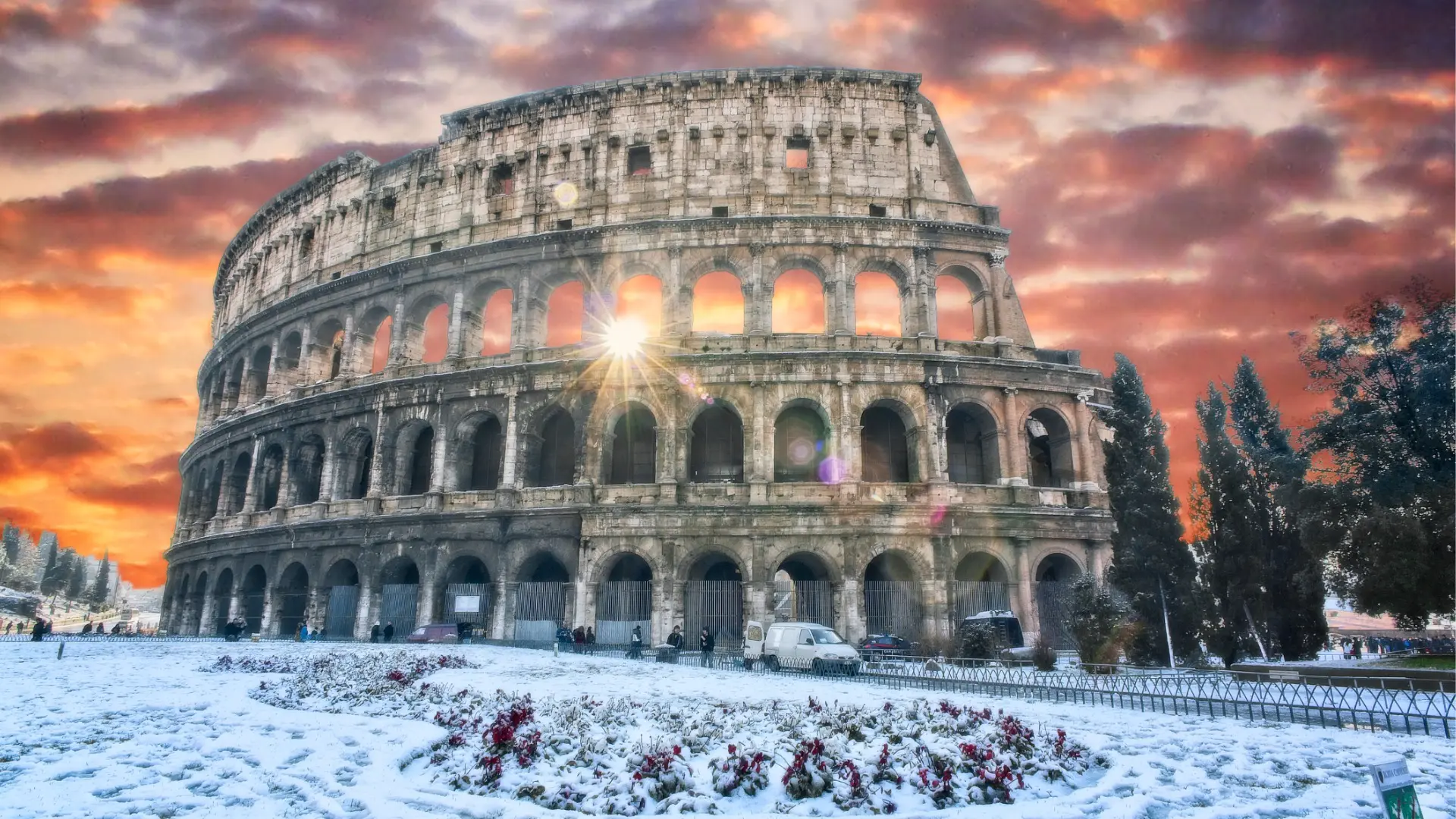
Christmas & Other Winter Events in Italy
While Italy’s Christmas markets aren’t as famous as the ones in France or Germany, they’re still worth visiting. Both Rome and Florence put on large Christmas markets, while places like Assisi are known for their elaborate nativity scenes. You can even attend a local midnight mass on Christmas Eve.
Besides Christmas, there are lots of other festivals and holidays in Italy that you can enjoy during the winter. On December 8th, Italians celebrate Immaculate Conception and December 26th is St. Stephen’s Day.
Venice celebrates Epiphany on January 6th with the Regatta of the Witches and hosts the famous masked Carnival celebration every February.
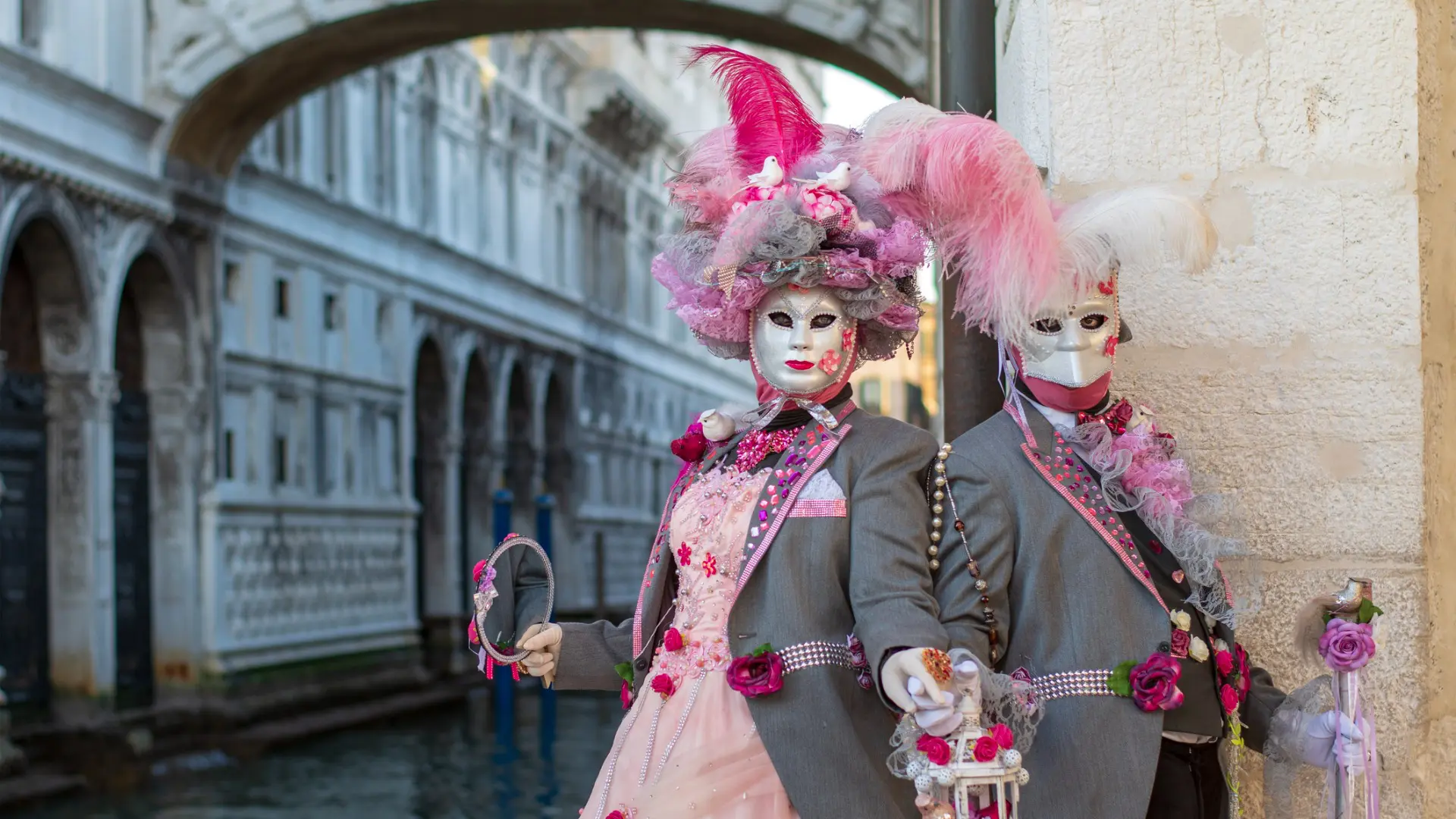
Pick The Best Time To Visit Italy & Let JayWay Take Care of Everything Else
From what you’ve read so far, it’s quite evident that there truly is no bad time to visit Italy. No matter when you’re able to go or what type of trip you’re looking for, Italy won’t disappoint as long as you leave it in the expert hands of JayWay trip planners and advisors to craft the perfect Italy itinerary, tailored to your needs and desires.
From choosing the Italian regions that work best for you to recommending restaurants that only locals know of to booking the finest accommodations and reserving skip-the-line tickets to major attractions and historical sites, JayWay is with you every step of the way, from the planning stage of your trip to the actual days you’ll be spending in beautiful Italy.
So, whether it’s a short yet sweet trip through Italy’s basics, a two-week journey across the best of Italy, or a quest to discover lesser-known Italy, our travel experts are sure to come up with the most memorable Italian itinerary for you. All you have to do is decide on the best time to visit Italy and let us know your dates!

Born and raised in Athens, Maria’s passionate about travel and storytelling, a combination that makes her ideal for her role as our content manager.